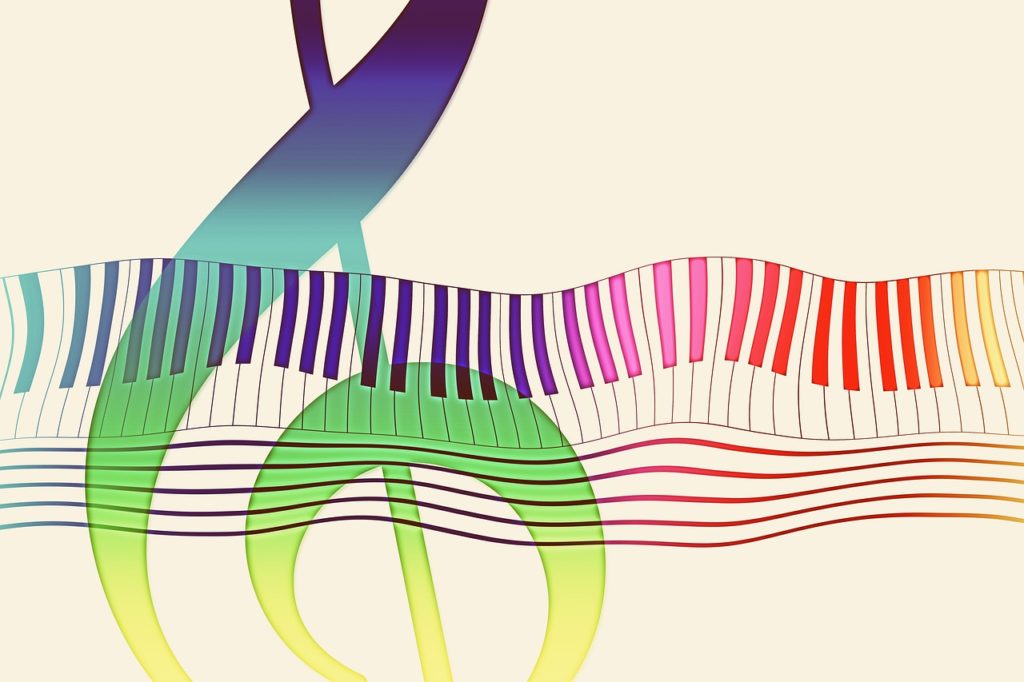Long after the invention of printed text, musical scores continued to be hand copied. To save time and money, composers invented repetition symbols.
The symbols allow longer musical pieces to be notated in smaller spaces. They also helped shape the form of the music. However, this meant that the eye had to jump around the score to follow the music.
Even if musicians do not confuse the repetition symbols, they may still find it difficult to follow the score. Color coding the musical form helps solve this issue.
It creates a guide for the eyes to follow. The color also helps make the repetition signs pop off of the page.


